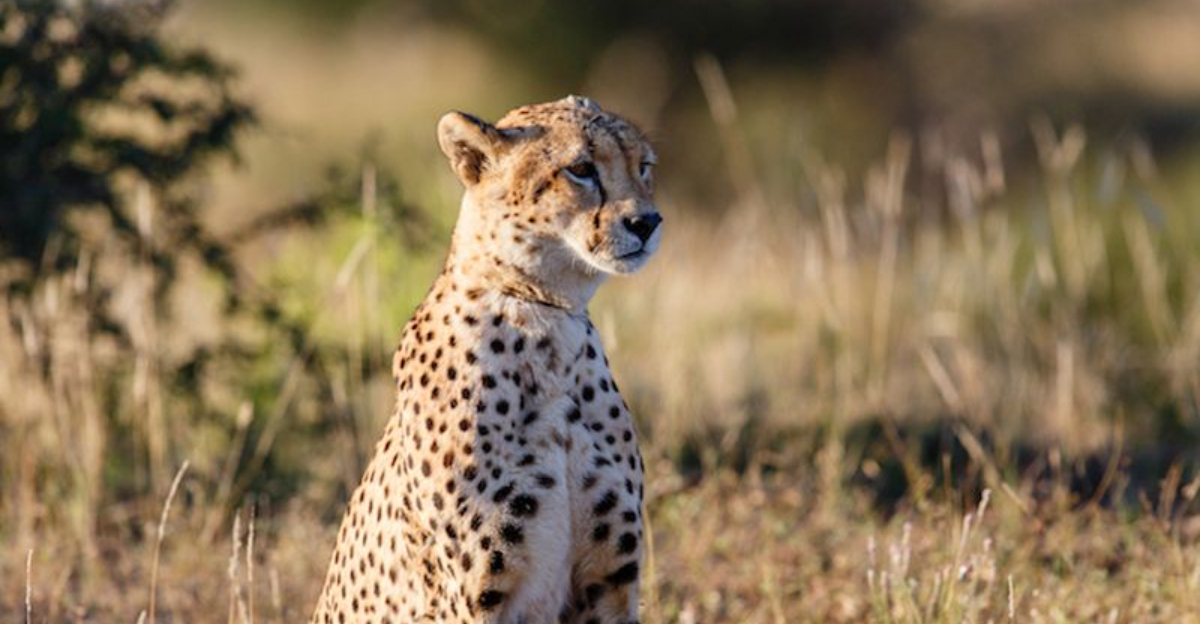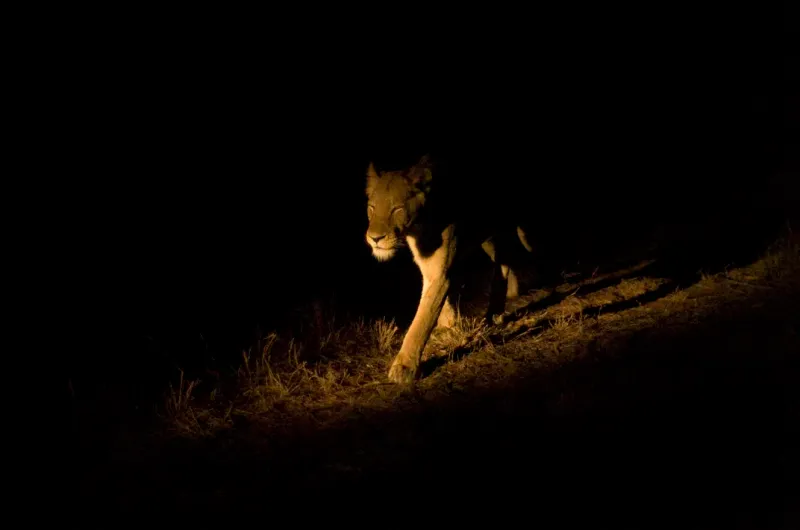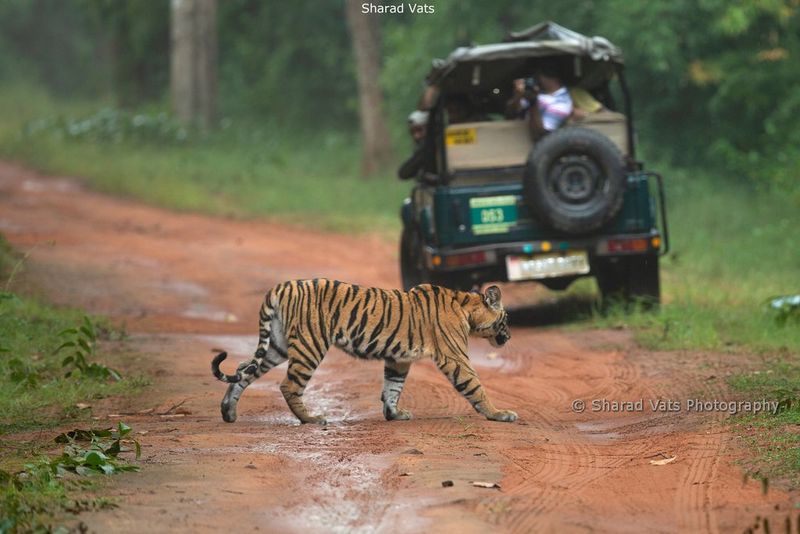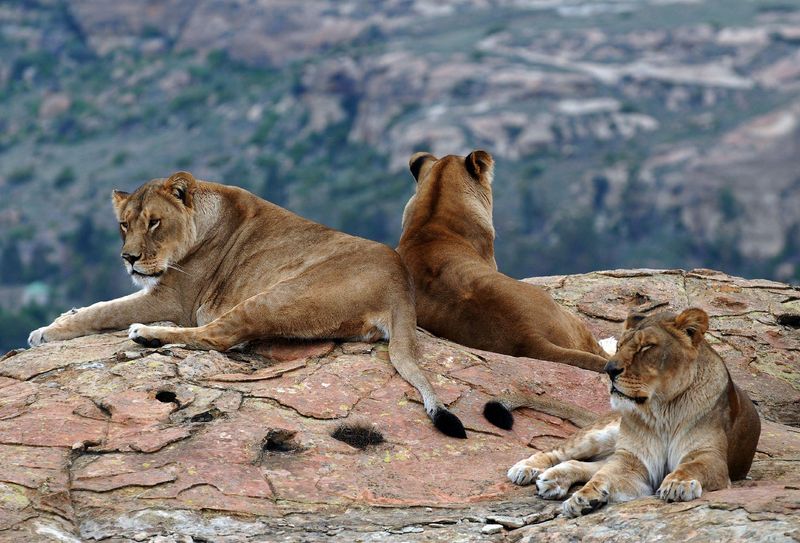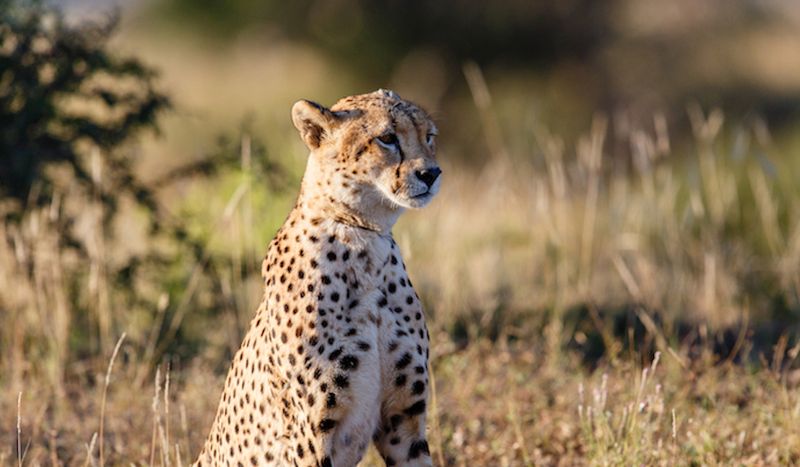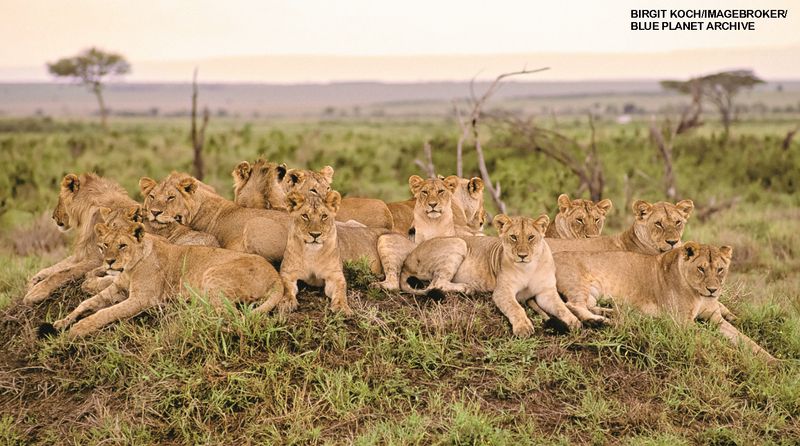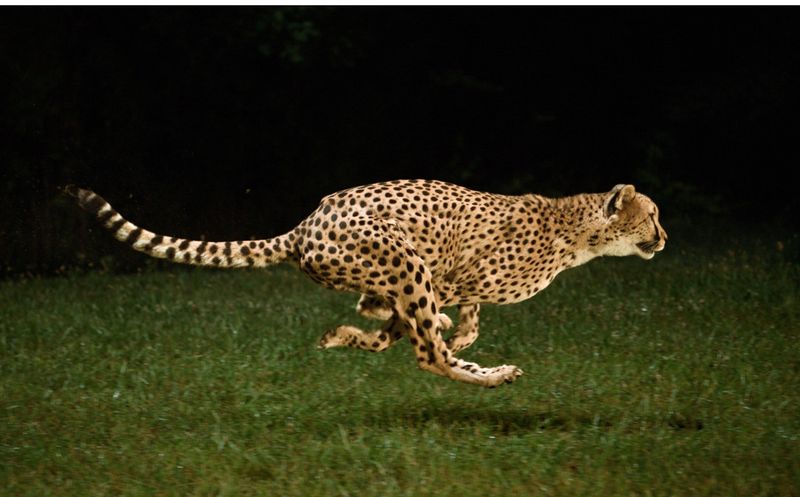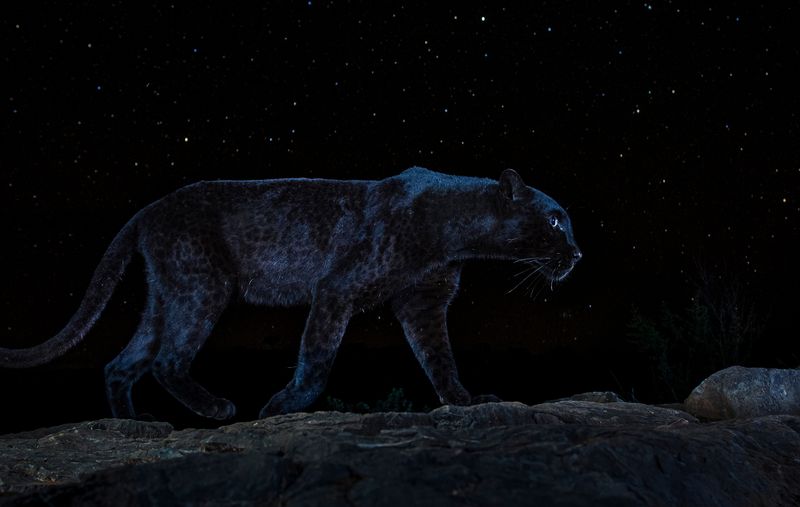📖 Table of Content:
Big cats, such as lions, tigers, leopards, and cheetahs, exhibit diverse hunting strategies influenced by their unique adaptations, environmental conditions, and prey behaviors. Their decision-making on the optimal moment to hunt involves a complex interplay of factors.
1. Circadian Rhythms and Activity Patterns
As the sun dips below the horizon, a lioness stirs. Big cats, particularly lions, leverage their crepuscular nature, hunting during dawn and dusk. This timing syncs with prey movements, as animals are most active when day and night meet. Cooler temperatures aid in energy conservation, and reduced visibility enhances stealth. The lioness crouches low, her golden coat camouflaged by the fading light. She waits patiently, understanding her prey’s habits, ready to strike at the right moment. Her acute senses guide her, every rustle and shadow feeding into her calculated plan.
2. Environmental and Climatic Conditions
In the thick of the jungle, the air is dense and wet. A tiger prowls, sensitive to every change in the atmosphere. Big cats are astute meteorologists. They respond to weather shifts, choosing cooler times to hunt under the cover of darkness or during overcast skies. The tiger knows that rain can mask its scent, making it an ideal time to pursue unsuspecting prey. Each step is deliberate, its stripes blending with the shadows. This symbiotic relationship with nature showcases their adaptability and strategic prowess in the wild.
3. Prey Behavior and Habitat
Perched on a rocky ledge, the leopard blends into its surroundings. Its amber eyes scan the terrain, noting every movement. Big cats are masters of understanding their prey. They analyze patterns, predict routes, and position strategically. For leopards, dense vegetation and rocky outcrops provide perfect vantage points. With a coat designed for camouflage, the leopard remains unseen until it chooses to reveal itself. This stealth and patience are key to its success, proving that knowledge of prey behavior is a powerful tool in the hunt.
4. Sensory Adaptations
On the vast plains, a cheetah stands alert, ears twitching at the slightest sound. Big cats possess exceptional senses that elevate their hunting game. Their vision excels in low-light, perfect for nocturnal chases, while sensitive whiskers detect air movements. Ears can catch the faintest of sounds, from a distant rustle to a soft footfall. This sensory cocktail ensures that big cats are always one step ahead. The cheetah’s keen senses, coupled with its speed, make it a formidable hunter, capable of both stealth and explosive pursuits.
5. Social Structure and Cooperative Hunting
In the heart of Africa, a pride of lions moves with purpose. Unique among big cats, lions hunt cooperatively, leveraging numbers and strategy. Each member of the pride has a role, creating a nuanced choreography as they encircle prey. This social structure transforms the hunt into a team effort, enabling them to target larger animals. As the lions close in, their unity and communication become evident, capturing the essence of teamwork in the wild. This collective skill is a cornerstone of their survival, underscoring the advantage of group dynamics.
6. Energy Conservation and Hunting Efficiency
In a burst of speed, the cheetah becomes a blur of motion. Hunting is energy-intensive, and big cats like cheetahs must balance exertion with efficiency. With an acceleration rivaling the fastest cars, cheetahs rely on precision and timing. Their hunts are short, demanding explosive energy for brief spurts. This high-risk, high-reward strategy targets the swiftest prey. Every chase is calculated, ensuring maximum return for energy spent. By optimizing their hunting technique, cheetahs maintain a delicate equilibrium, conserving energy while seizing their next meal.
7. Integration of Biological and Environmental Cues
Under a canvas of stars, a panther prowls, attuned to the world around it. Big cats skillfully integrate biological rhythms with environmental cues. Their instincts, honed over millennia, guide them as they sync internal clocks with the external world. This synchronization maximizes hunting efficiency, tapping into the pulse of nature. The panther exemplifies this harmony, moving with grace and precision, embodying the primal dance between predator and environment. It’s a testament to the intricate balance that governs their lives, ensuring their continued dominance in the wild.
